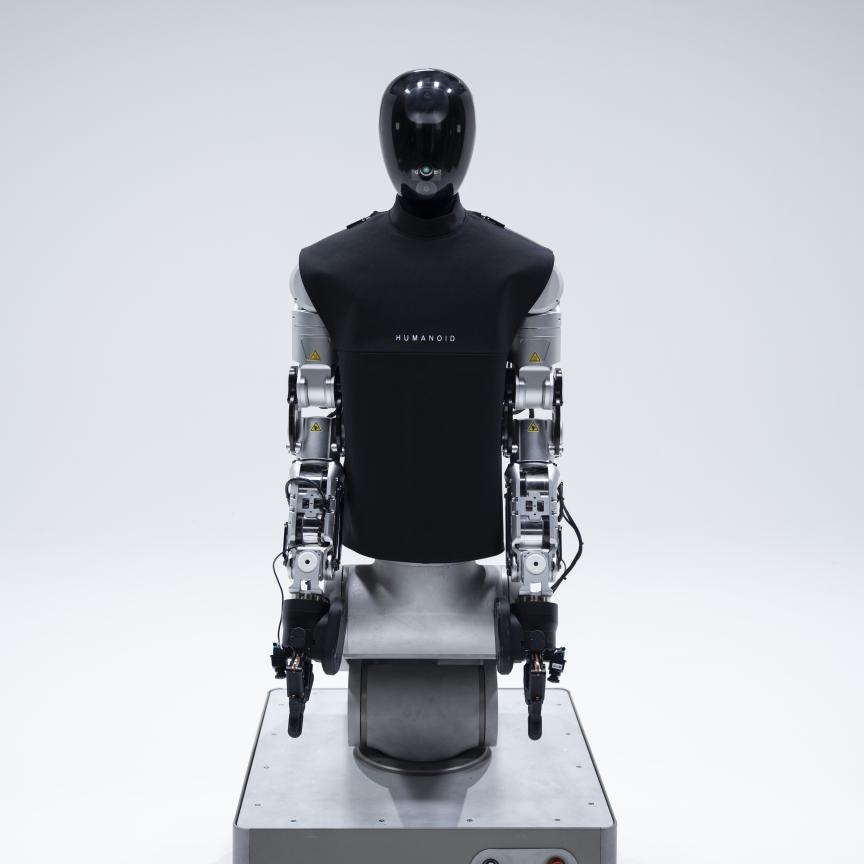A new technique that enables precise control of terahertz waves as they pass through disordered materials has been developed.
The method, created as part of the European Union ERC project, ‘Timing’, demonstrates how light scattering can be used as an advantage rather than a hindrance. It could lead to advances in medical imaging, communications, and other applications that rely on broadband terahertz pulses.
Where electronics meets photonics
Terahertz waves represent the bridge between electronics and photonics, which makes them remarkably difficult to generate, detect and manipulate. Yet they are highly sought after and unique as terahertz waves can penetrate materials like clothing, paper, and plastic, offering clear images without the ionising damage of x-rays, and they can carry exceptionally high-performance communication links.
However, terahertz waves become distorted as they propagate through complex structures like some biological tissue or technological structures.
New possibilities for exploiting terahertz waves
The new method, developed by researchers from Loughborough and Exeter universities in the UK, uses a picosecond ultrafast laser to create patterns of terahertz pulses. As those patterns interact with complex scattering material, the researchers manipulate the laser's illumination by employing a specially-designed genetic algorithm which mimics the process of natural evolution to solve complex problems.
As a result, they gained control over the way terahertz waves distribute in space and evolve in time after interacting with the material. In a way, this level of control recomposes pieces of the wave scrambled by the scattering, in a new form with desired patterns and colours.
“It is remarkable that complex media operate as sophisticated devices that manipulate terahertz waves in ways out-of-reach in the art, and yet they are actually very accessible random assembly of particles," said Dr Vittorio Cecconi, lead researcher of a study published in ACS Photonics. "This opens up new possibilities for exploiting terahertz waves in imaging and sensing applications where scattering is an issue."
Credit for main image: Jack1e/Shutterstock


